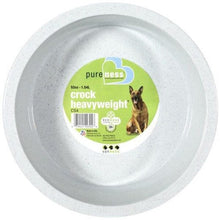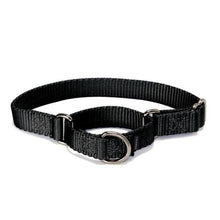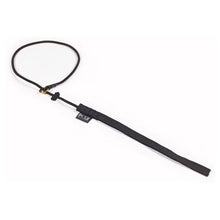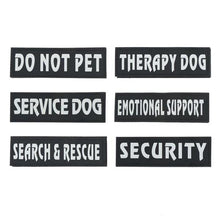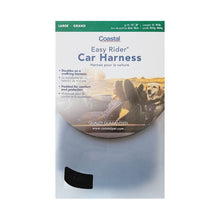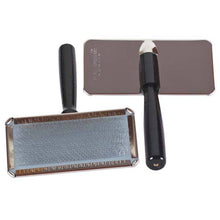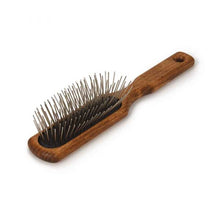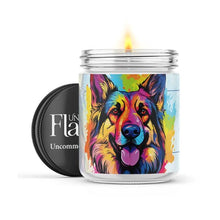How To Cope With Your Dog’s Euthanasia
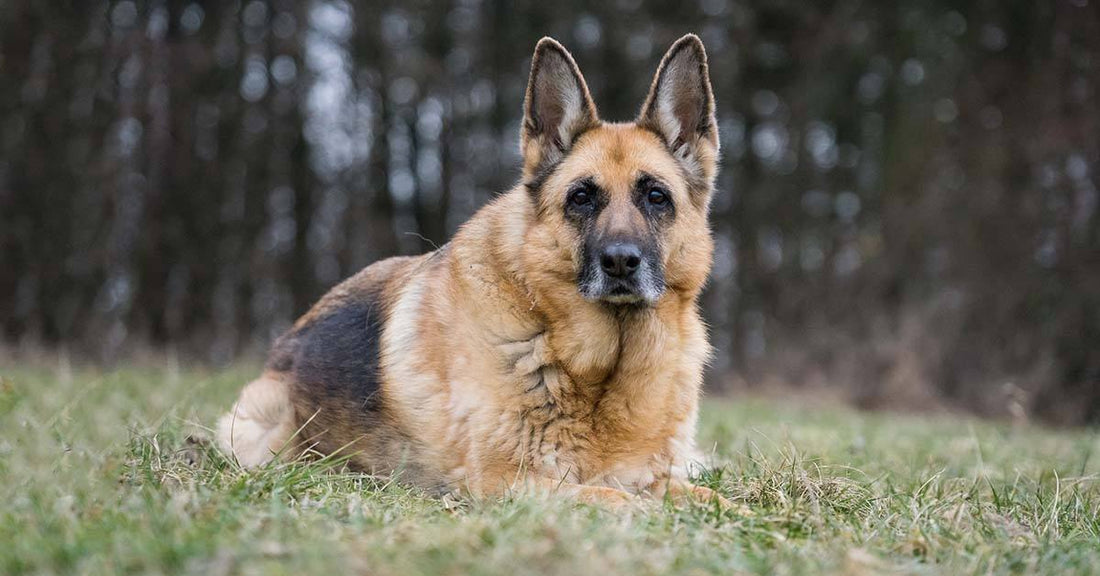
It doesn’t matter if your dog has lived a long life, or a life cut short, saying goodbye is the hardest part of pet ownership.
Many pet owners find themselves facing difficult life and death decisions for their precious pet. Whether its old age that has robbed a dog of their quality of life, or illness or injury that is causing great suffering, the decision is never easy.

No matter the how, when or why, there are times when humane euthanasia is the last act of love you can offer your dog. And, no matter how kind that final act of kindness, the decision is painful, as well as highly personal.
All owners hope that their pet will live a long life then one day gently pass in their sleep. But, sadly life is seldom that clear cut. There are many reasons owners consider euthanasia, including:
- Old age
- Chronic illness
- Debilitating disability
- Traumatic injury
- Dementia
- Financial cost of ongoing care

When the health and wellbeing of precious pets is in peril and they are suffering, the hard questions must be answered, such as:
What is best for my dog?
What is best for my family?
Can my dog recover from this illness?
Can my dog recover from this injury?
Is my dog suffering?
What is my pet’s quality of life?
Does my dog have more bad days than good?
Can my pet eat and drink?
Is my dog in pain?
Am I prolonging my pet’s suffering?
Can I continue to afford treatment?
Be informed
Being informed will help you make decisions for your pet that you won’t regret. You and your vet know your dog best so speak to your vet about your dog’s condition. Your vet can help explain the disease course, what your pet is going through, as well as treatment options.

Know you’ve done your best
What happens when you reach the end of the road and it’s time to say goodbye? Although painful, remember that you gave your dog the best life possible and no matter how much we wish it to be true, they can’t stay with us forever because sadly their lifecycle is much shorter than ours.
Make decisions that are right for you and your family
Once the decision to euthanize is made, make the final decisions that feel right for you and your family. For instance, will it take place at your vet’s office or your home (if possible). Who will want to be there? Will you want to spend some time alone with your dog? Will you bury or cremate your pet? Your vet can help you with final arrangements.

Immediate grief
Your pet was an important part of the family and sadness and grief is to be expected. Facing life without your pet by your side is hard. Allow yourself to feel the pain of loss. It helps to be honest with yourself and others about how you feel. Seek out understanding people or professionals, if you don’t have the support of family and friends.
Stages of grief
Each person grieves differently and goes through stages of grief such as denial, sadness, anger, anxiety, numbness, and guilt. Grief can ebb and flow and can be triggered by different things on any given day.
As you learn to live without your dog, you’ll experience many intense emotions. Talking about your pet with supportive people and/or journaling can help you process your feelings.
If after time you are having trouble accepting your pet’s death or find yourself depressed, unreasonable guilt, unable to cope, feel that you can’t go on without your pet, or even get out of bed, seek professional help to cope with the loss.

Honor and remember your pet
It can help you cope by honoring and remembering how important your pet was and is to you. Here are some ideas:
- Have a memorial service
- Scatter your pet’s ashes in a place they loved
- Create a photo album
- Put up pictures
- Plant a memorial garden
- Make a donation to a rescue or charity
- Hang onto your dog’s favorite toy
Fill your empty time with things that bring you joy
Pets take a lot of time and attention. After the loss of a pet, suddenly you’ll have a new schedule that includes more time on your hands. This is a drastic unwanted change that no longer includes daily feedings, walks, playtime, cuddles, and all the rituals you and your dog shared.

Knowing that the time you normally fill with your pet is now empty, try to fill them with things that bring you joy or even projects to distract you from the pain. Think about the things you’ve wanted to do or accomplish that you didn’t have time for and see which ones you can do.
We hope these tips help you through the painful loss of your pet. Please feel free to share.
You may also like: How To Help An Old Dog Navigate Aging





